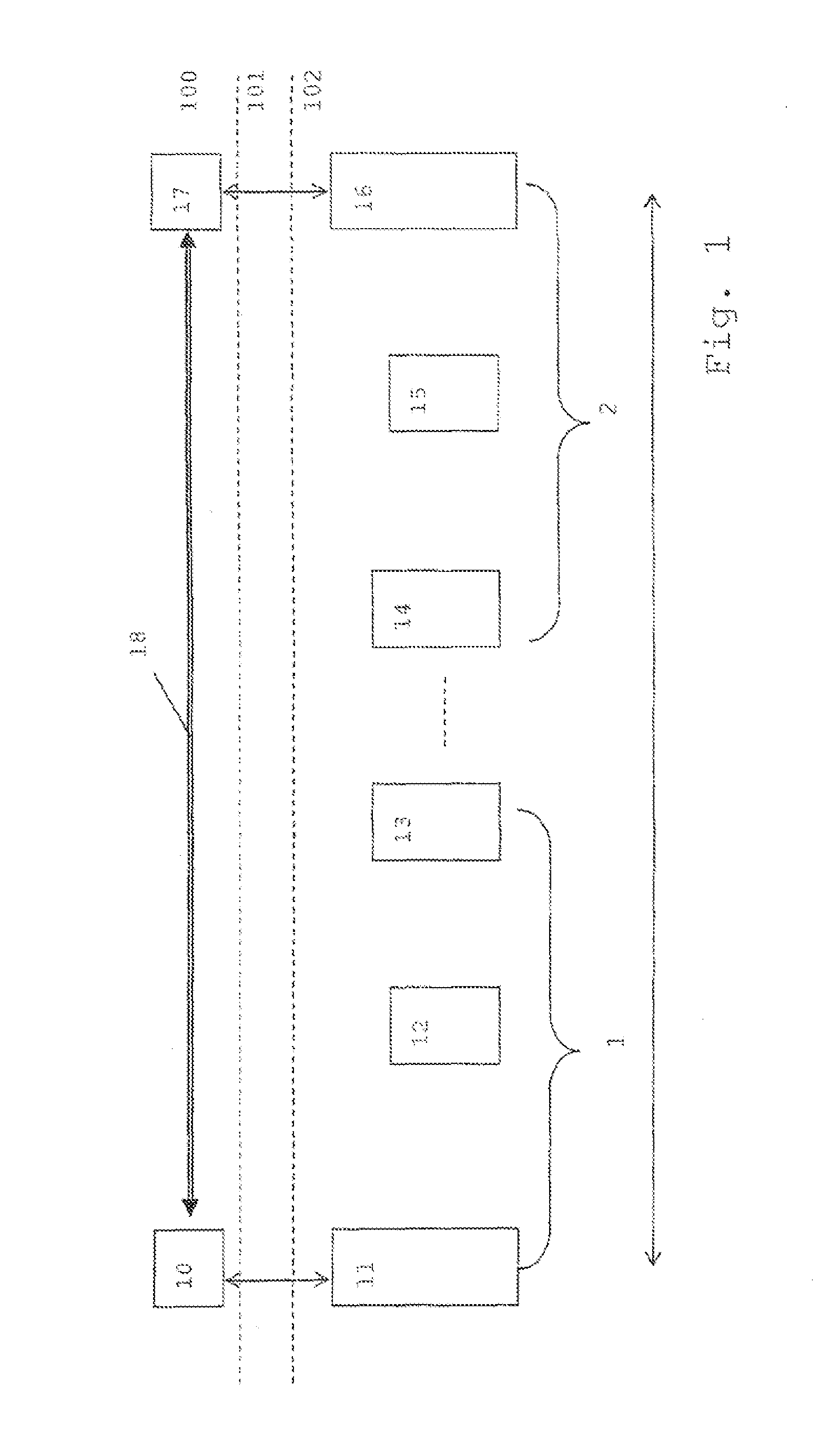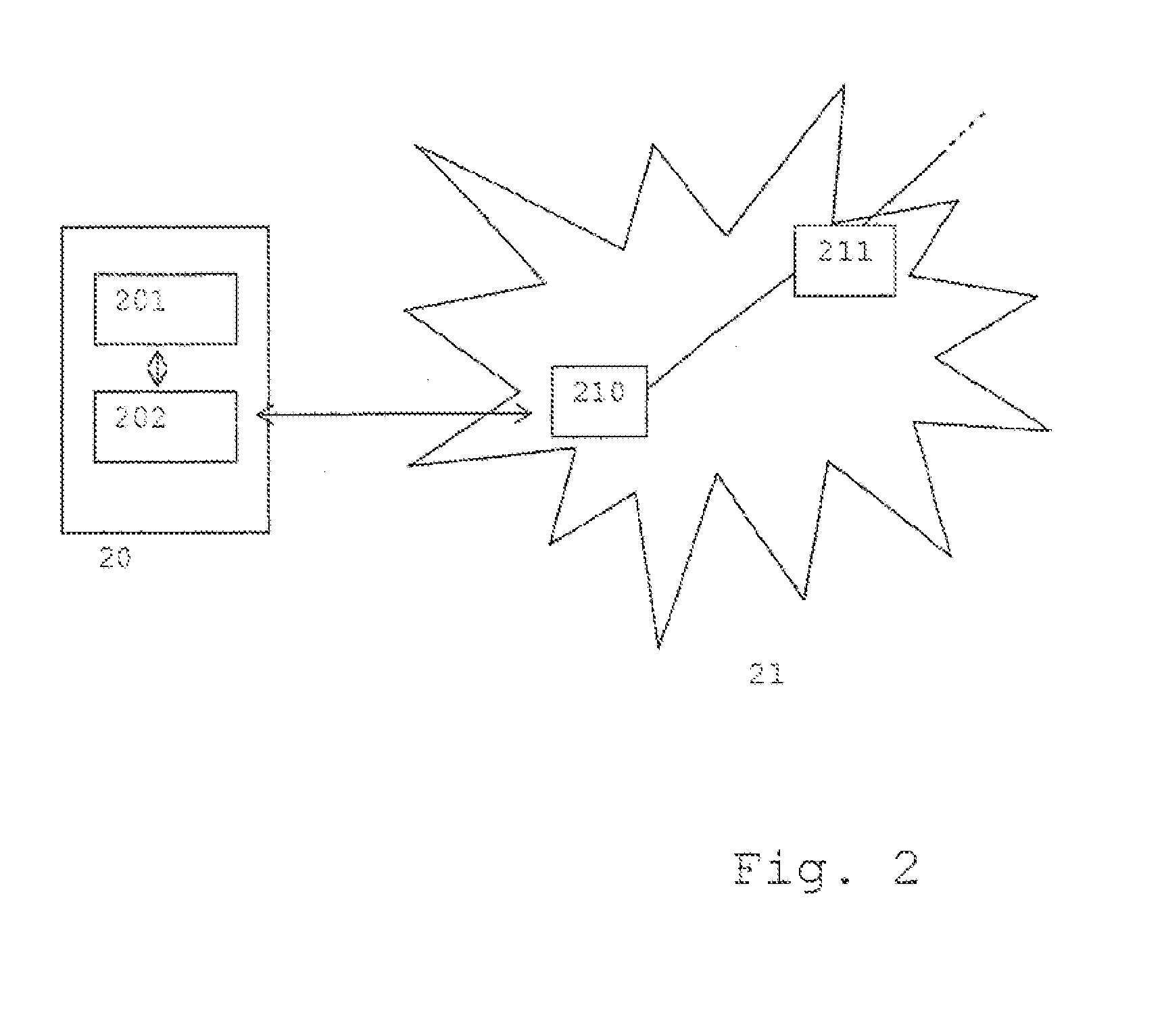Data Transmission Control Methods And Devices
a data transmission and control method technology, applied in data switching networks, frequency-division multiplexes, instruments, etc., to achieve the effect of improving control
- Summary
- Abstract
- Description
- Claims
- Application Information
AI Technical Summary
Benefits of technology
Problems solved by technology
Method used
Image
Examples
Embodiment Construction
[0037]In the following, detailed examples of the invention will be described. It is noted that reference will be made to specific technologies and standards, such as GPRS (General Packet Radio Service) or 3GPP TS23.401, but such references only serve to indicate preferred examples and are in no way limiting. Rather, the present invention can be generally applied in the context of any communication system that provides for the use of specified transport services (such as bearers) that are characterised by at least a parameter indicating a minimum transmission capacity and where a data source associated with a terminal can adjust its transmission rate. However, it is noted that EPS systems are a preferred application of the invention.
[0038]A transport service within the meaning of the present specification and claims is a service offered to a terminal for transporting data units. The transport service is characterized by a set of values associated with respective service quality param...
PUM
 Login to View More
Login to View More Abstract
Description
Claims
Application Information
 Login to View More
Login to View More - R&D
- Intellectual Property
- Life Sciences
- Materials
- Tech Scout
- Unparalleled Data Quality
- Higher Quality Content
- 60% Fewer Hallucinations
Browse by: Latest US Patents, China's latest patents, Technical Efficacy Thesaurus, Application Domain, Technology Topic, Popular Technical Reports.
© 2025 PatSnap. All rights reserved.Legal|Privacy policy|Modern Slavery Act Transparency Statement|Sitemap|About US| Contact US: help@patsnap.com



